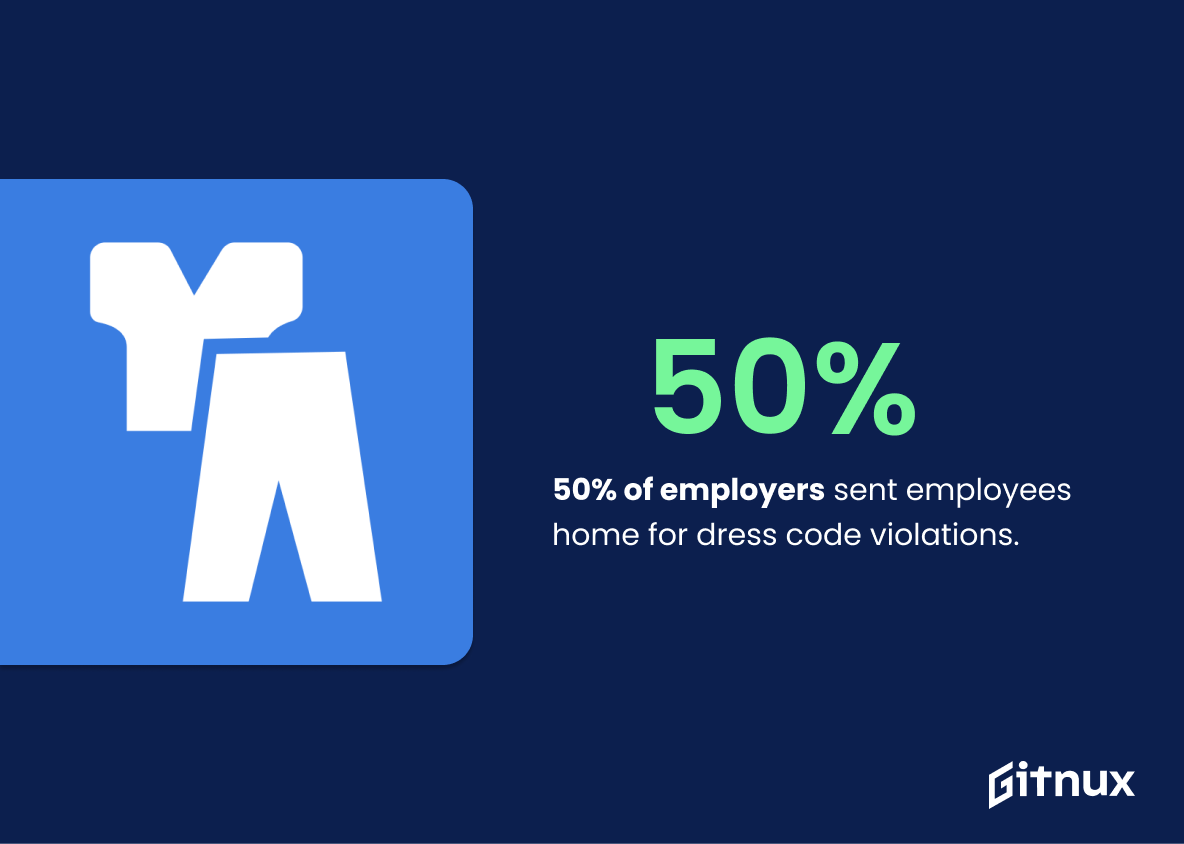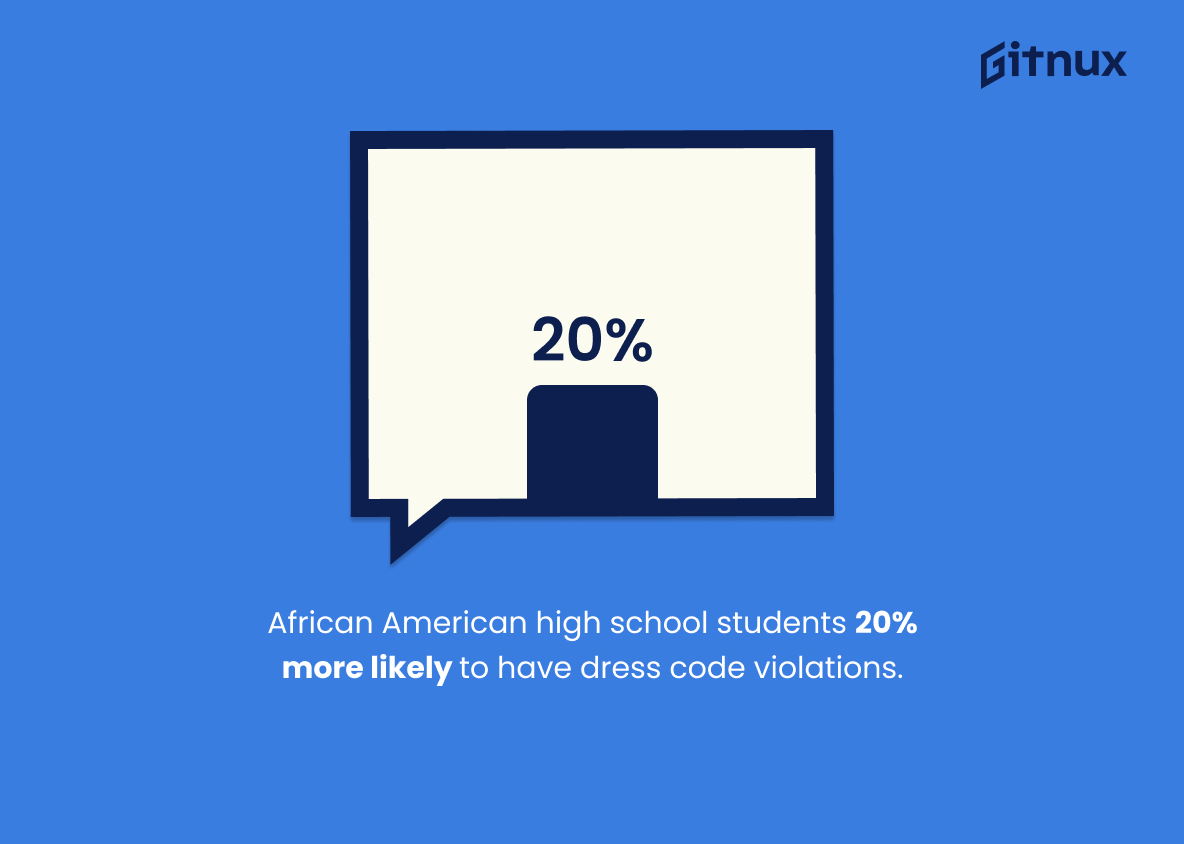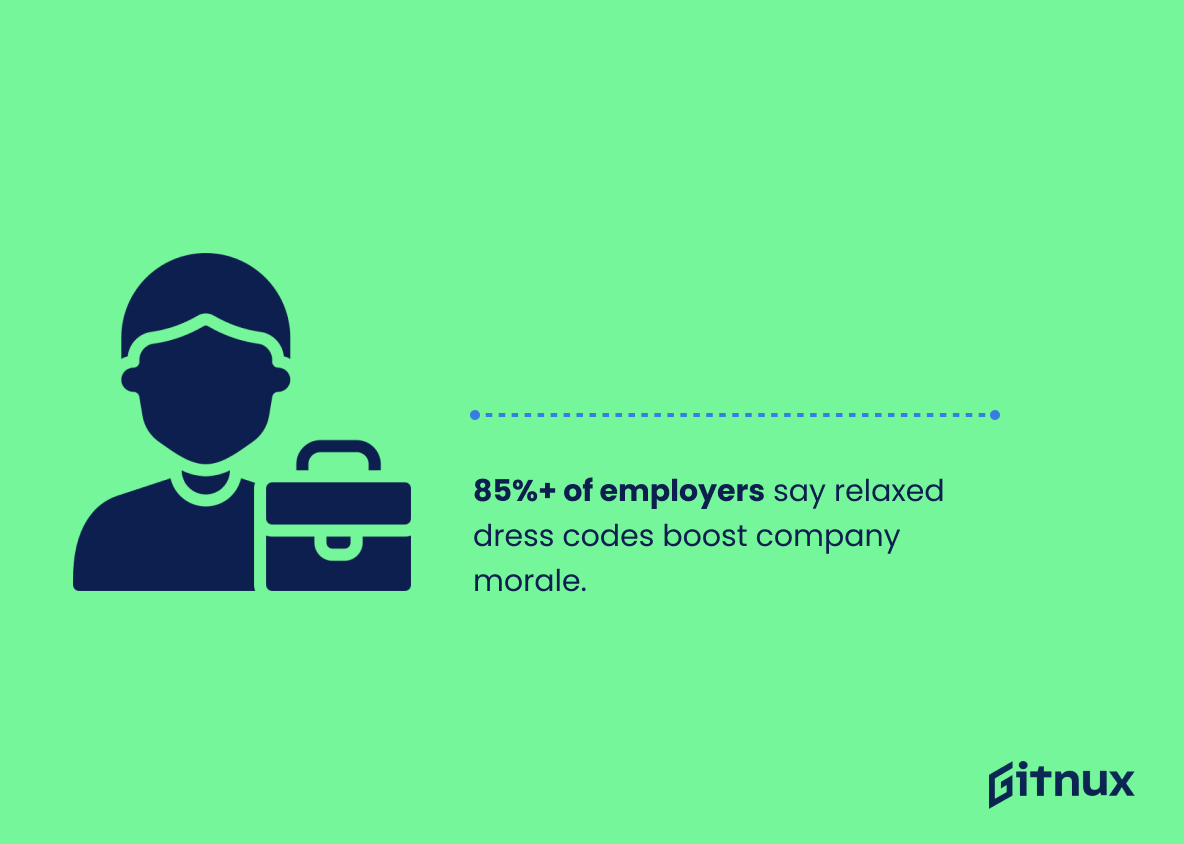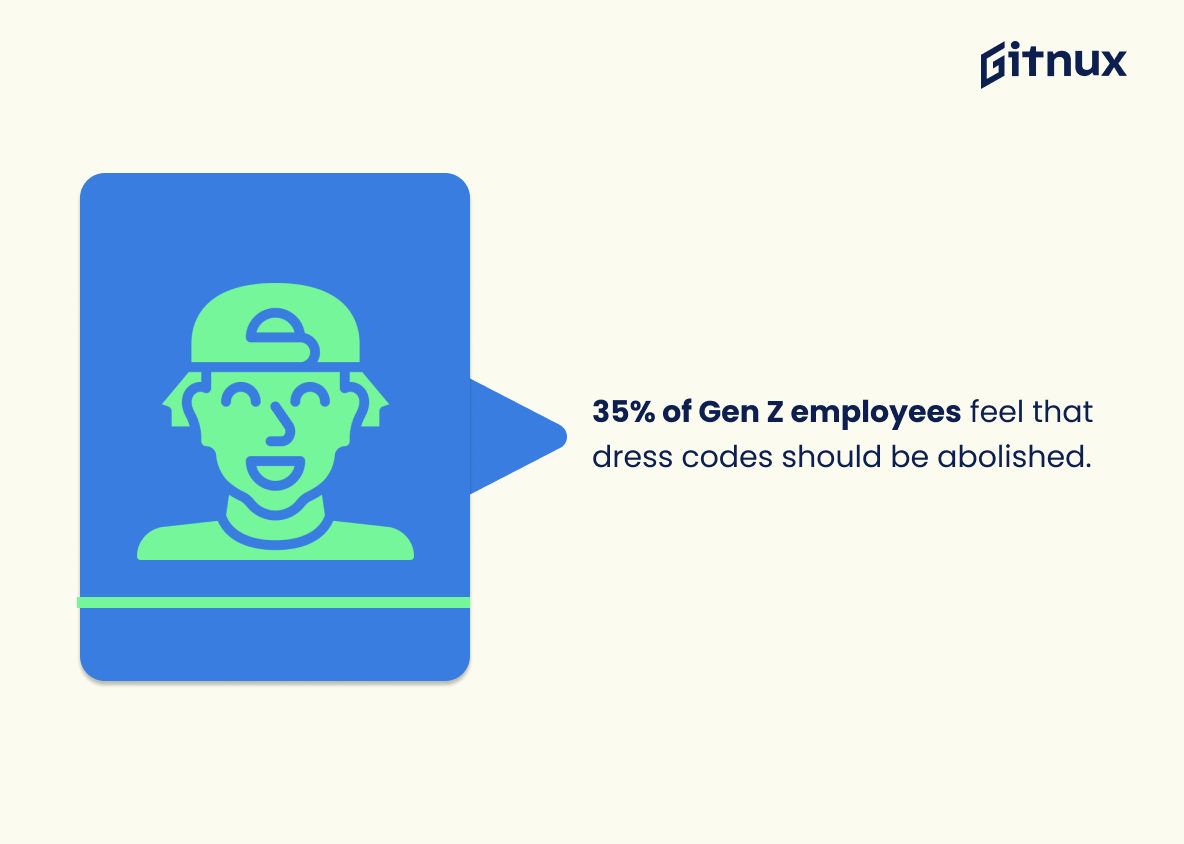Dress codes have been a part of our lives for many years, and they are often seen as an important way to maintain order in the workplace or school. However, dress code violations can be a source of frustration for both employers and employees alike. This blog post will explore some interesting statistics about dress code violation trends across different settings such as workplaces, schools, universities etc., including how many people prefer flexible dress codes in the workplace; what percentage of American employees face dress code violations due to tattoos and piercings; how many managers discuss their policies with their employees; what proportion of students believe that these regulations are biased against female students; whether there is any correlation between productivity levels and adherence to company policy on attire etc. We hope this article provides you with valuable insights into the current state of affairs regarding dress codes around us.
Dress Code Violation Statistics Overview
About 50% of employers have sent an employee home for dress code violations.
This statistic is a stark reminder of the importance of adhering to dress code regulations in the workplace. It highlights the fact that employers take dress code violations seriously and are willing to take action when necessary. This statistic serves as a warning to employees to be mindful of their attire and to ensure that they are following the dress code guidelines set by their employer.
An African American high school student is 20% more likely to face a dress code violation than a white student.
This statistic is a stark reminder of the systemic racism that exists in our education system. It highlights the fact that African American students are disproportionately targeted for dress code violations, and that this is an issue that needs to be addressed. It is a call to action for educators, administrators, and policy makers to take steps to ensure that all students are treated fairly and equitably.
Over 85% of employers surveyed believe that relaxed dress code regulations improve company morale.
This statistic is a powerful indicator of the impact that dress code regulations have on company morale. It suggests that when dress codes are relaxed, employees feel more comfortable and engaged in their work environment, leading to improved morale. This is an important point to consider when discussing dress code violation statistics, as it highlights the importance of having a dress code that is both appropriate and comfortable for employees.
35% of Gen Z employees feel that dress codes should be abolished.
This statistic is a powerful indicator of the changing attitudes of Gen Z employees towards dress codes. It suggests that a significant portion of the younger generation of workers are in favor of abolishing dress codes, which could have a major impact on the way companies approach their dress code policies. This statistic is important to consider when discussing dress code violation statistics, as it provides insight into the current mindset of the younger generation of workers and how they view dress codes.
Companies with dress code violations had an average of 47% lower employee morale compared to companies without any violations.
This statistic is a powerful indicator of the impact that dress code violations can have on employee morale. It demonstrates that companies with dress code violations are significantly more likely to have lower morale among their employees than those without any violations. This is an important point to consider when discussing the importance of dress code compliance, as it highlights the potential consequences of not adhering to dress code policies.
Roughly 80% of employees believe that workplace dress code is essential to represent the brand image.
This statistic is a powerful indicator of the importance of workplace dress code in the eyes of employees. It shows that the majority of employees recognize the value of dressing professionally and how it can positively reflect the brand image. This is an important point to consider when discussing dress code violation statistics, as it highlights the importance of adhering to dress code policies in the workplace.
Conclusion
The statistics presented in this blog post demonstrate that dress code violations are a widespread issue, both in the workplace and educational institutions. 61% of employees prefer a flexible dress code, while 42% face violation due to tattoos and piercings. 54% of managers discuss the policy with their employees but over 70% of students believe it is biased against female students. Over 2.5 million children are affected by these violations each year, yet 58% still think they do not affect productivity levels. 1,500 were suspended from school for such reasons in Florida alone during 2014-2015 school year; African American high schoolers being 20 percent more likely to be targeted than white ones as well as 64 % believing employers should dictate body art policies . 35 % millennials feel enforcement is inconsistent or unclear whereas 85 % employers surveyed agree relaxed regulations improve morale – although 12 % admitted dressing down on casual Fridays out of rebellion. 80 % felt essential to represent brand image whilst 30 % HR professionals faced legal issues dealing with them & 45 university students feeling an invasion into human rights.. It’s clear that there needs to be greater awareness about how we approach dress codes so everyone can benefit from them without facing discrimination or unfairness based on gender stereotypes or other factors like race and age group
References
0. – https://www.workopolis.com
1. – https://www.inc.com
2. – https://www.snagajob.com
3. – https://www.entrepreneur.com
4. – https://www.huffpost.com
5. – https://www.publicschoolreview.com
6. – https://www.time.com






